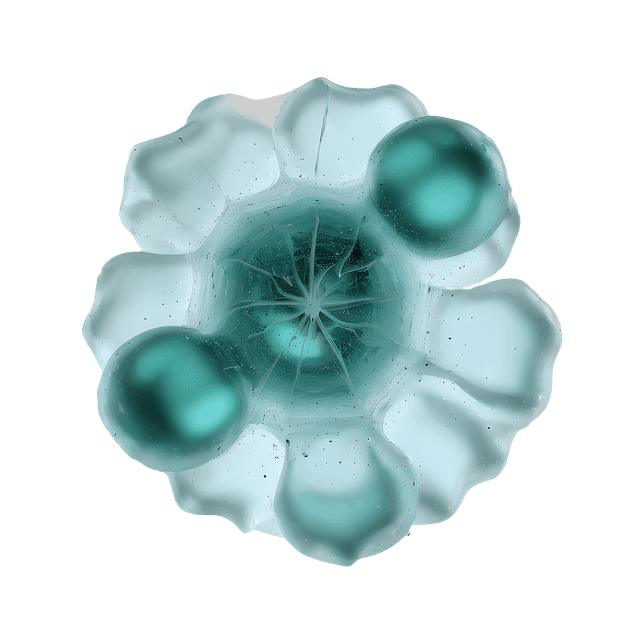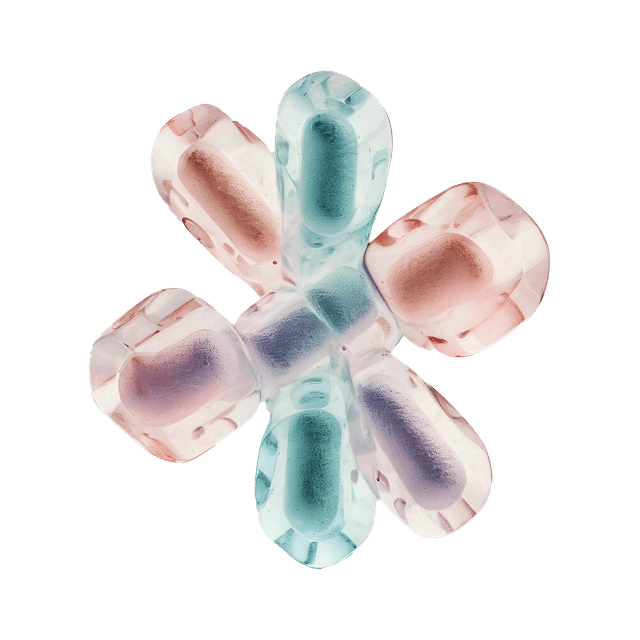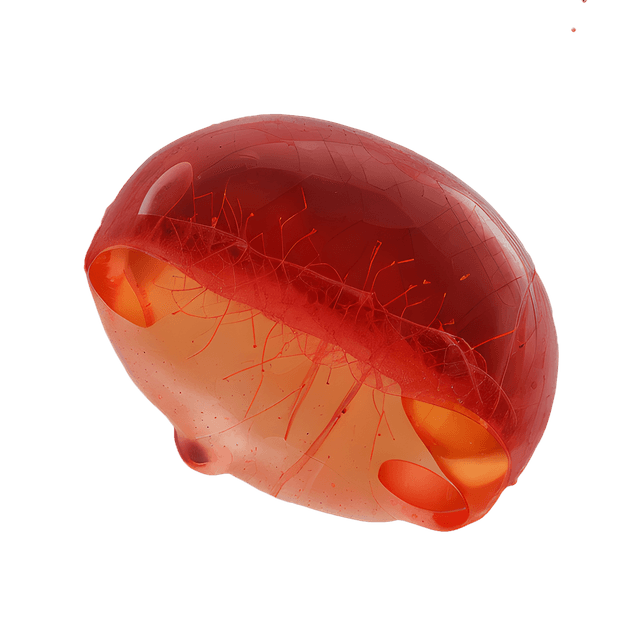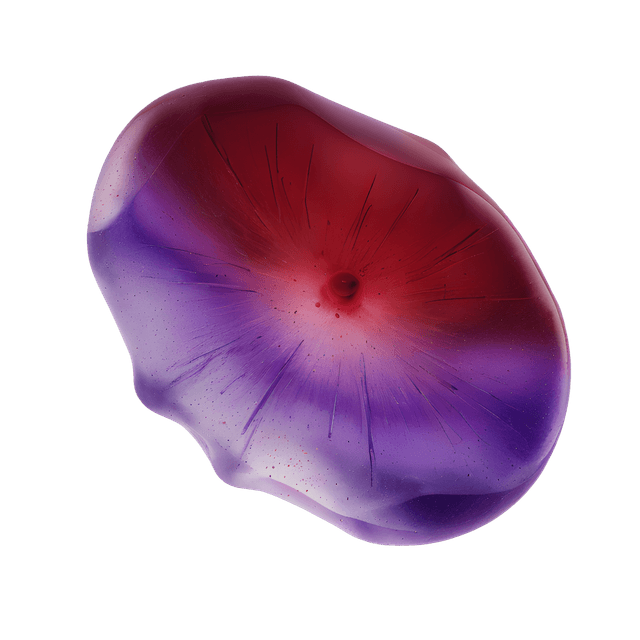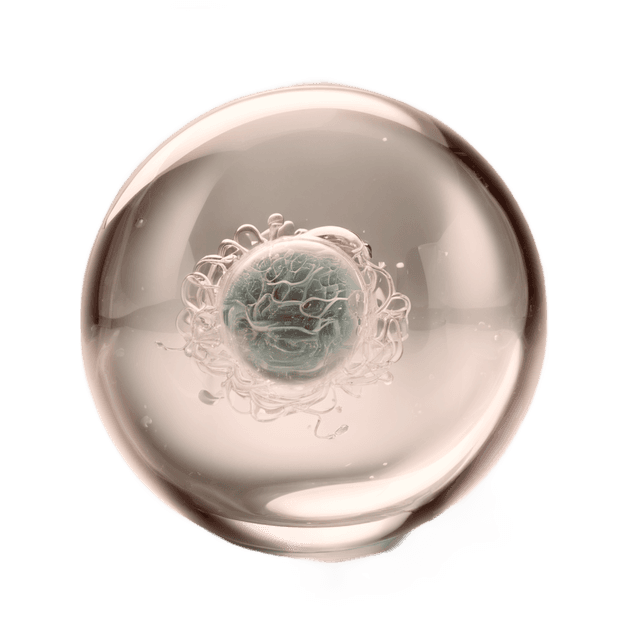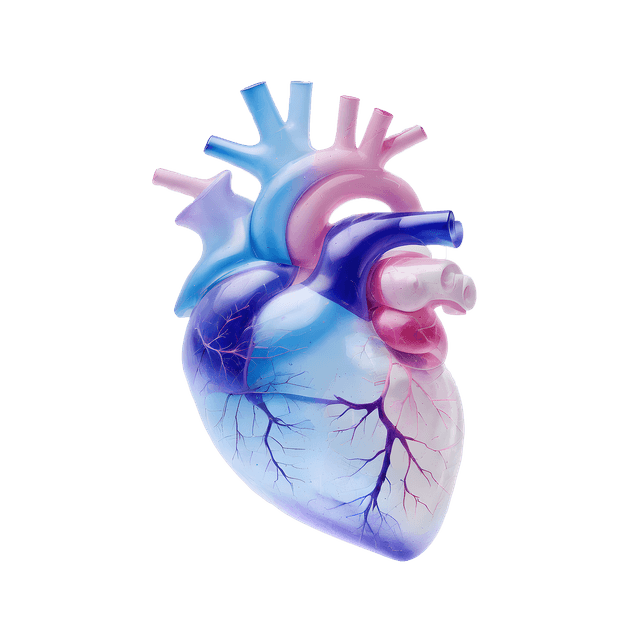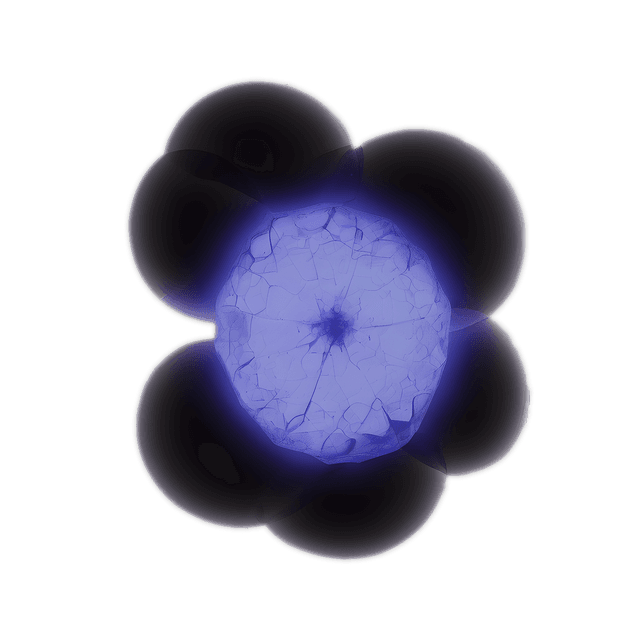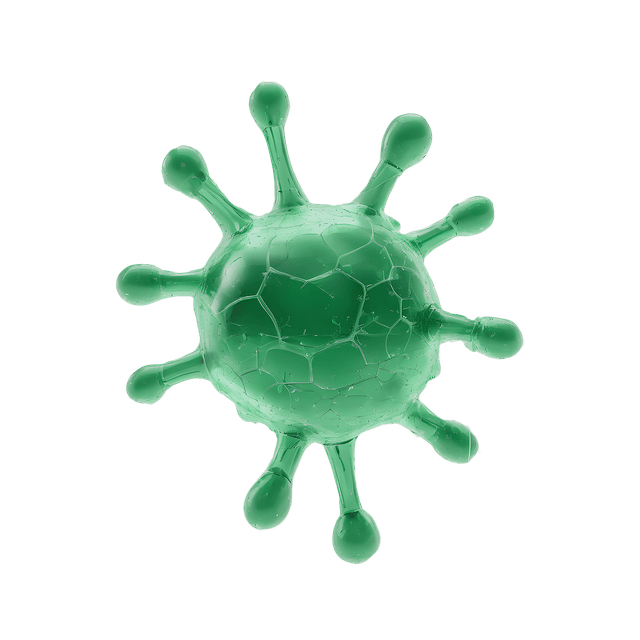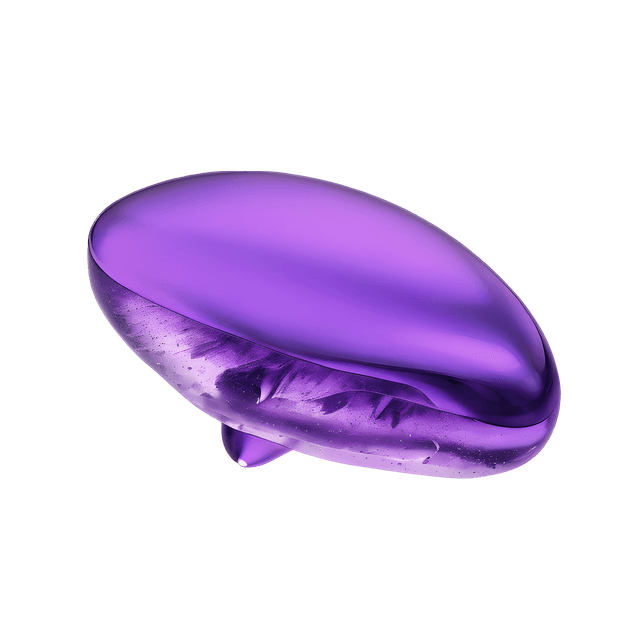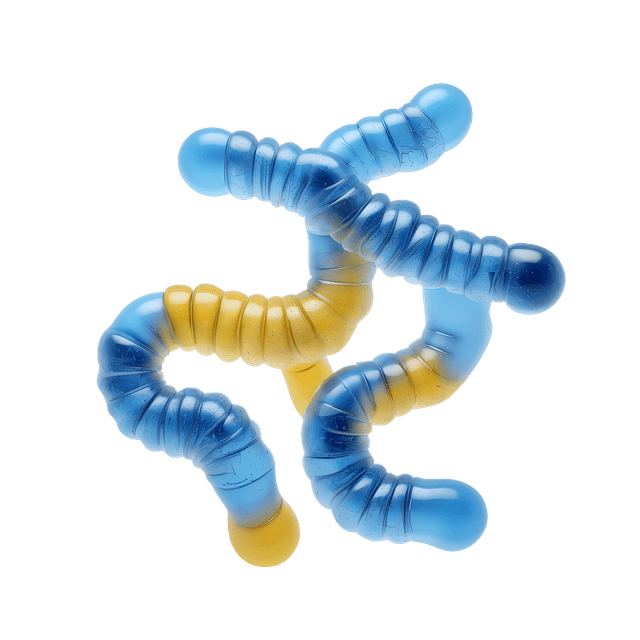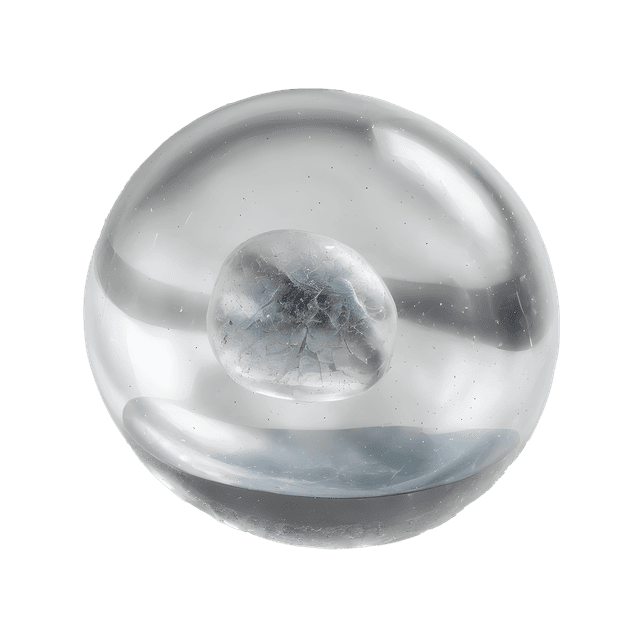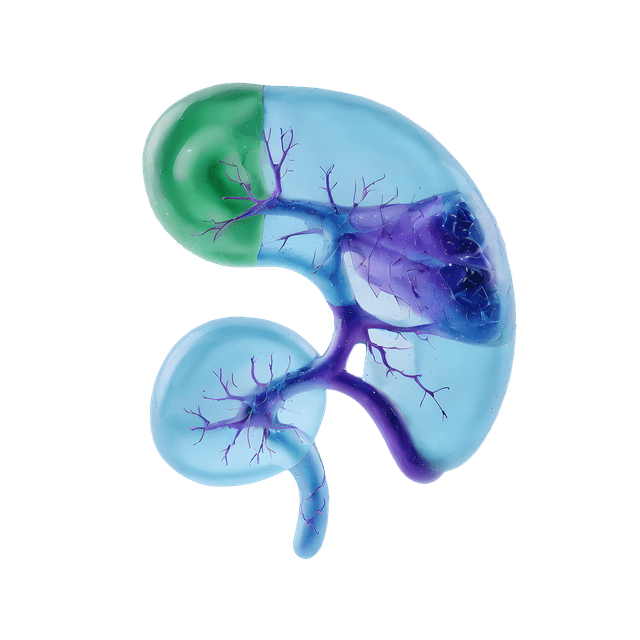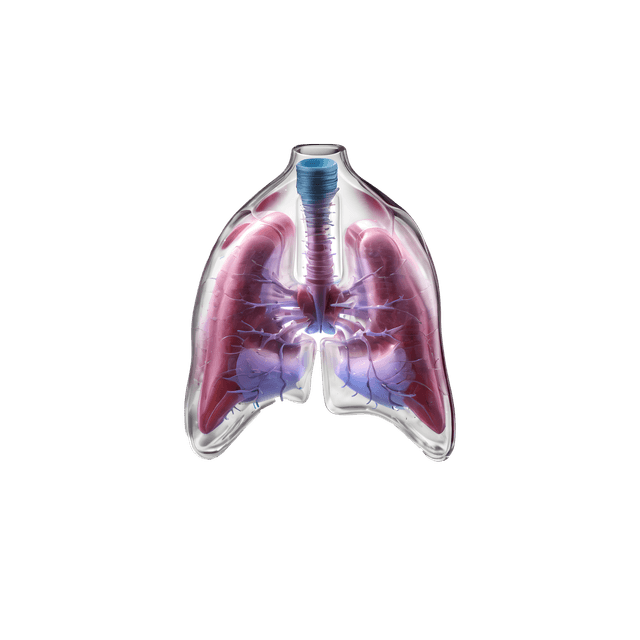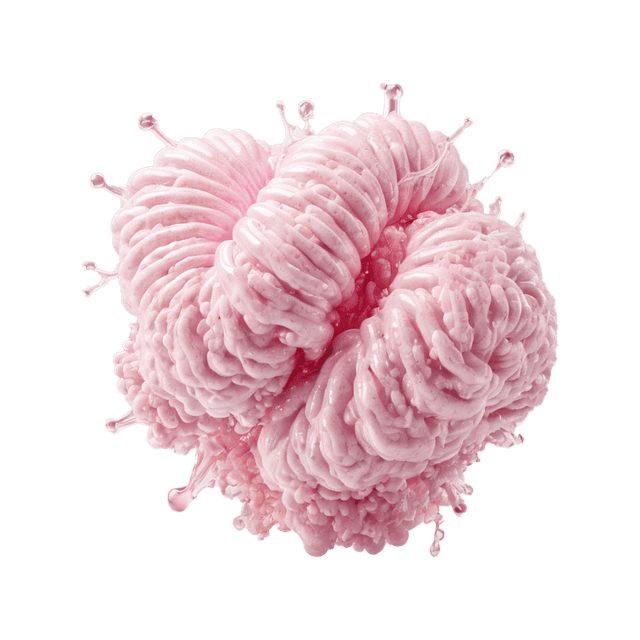Causes of TBE
The TBE virus is transmitted from ticks to humans and other animals. Here is an overview of the causes of TBE:
Tick bites: The TBE virus is transmitted to humans when they are bitten by infected ticks. The ticks responsible for spreading TBE are often of the species Ixodes ricinus and Ixodes persulcatus.
Geographic distribution: TBE mainly occurs in areas where ticks carrying the TBE virus are common . These areas include parts of Europe and Asia, including Russia, Scandinavia, Central Europe, the Baltics and some parts of China.
Season and activity: The risk of becoming infected varies depending on the season and the activity of ticks. TBE ticks are often more active in warmer months.
Weaknesses in vaccination coverage: People who have not been vaccinated against TBE may be particularly vulnerable to infection if they are in TBE-endemic areas and exposed to tick bites.
It is important to note that the TBE virus is not spread from person to person. The risk of infection is primarily linked to exposure to infected ticks.
Symptoms of TBE
The symptoms of Tick-Borne Encephalitis (TBE) can vary depending on the severity of the infection. Many people infected with the TBE virus may be asymptomatic and experience no noticeable symptoms. If symptoms do occur, they can be divided into two phases: the initial flu-like phase and the central nervous system phase, which can be severe. Here is an overview of the most common symptoms:
Initial phase (incubation):
Fever: A high fever up to 40 degrees Celsius is common in the initial phase.
Headache: A persistent and often severe headache is a characteristic symptom.
Muscle aches and joint pain: Patients may experience pain in muscles and joints similar to flu-like symptoms.
Fatigue: Excessive tiredness and exhaustion are common.
-
Nausea and vomiting: Some people may experience nausea and vomiting.
Central nervous system phase:
Meningitis: This is a serious complication and can cause symptoms such as neck stiffness, headache, sensitivity to light and sound.
Mental confusion: Patients may experience changes in consciousness and difficulty concentrating .
Focal neurological symptoms: It may include weakness in the arms or legs, numbness and other neurological symptoms.
TBE can be serious especially if the central nervous system is affected. Some people may develop chronic complications that affect the nervous system even after they have recovered from acute illness.
Treatment
Here are some steps that can be taken in the treatment of TBE:
Hospitalization: Patients with severe TBE especially those with symptoms of meningitis or central nervous system involvement may require hospitalization for close monitoring and care.
Symptom relief : Doctors may prescribe medicines to relieve symptoms such as fever, headache and muscle aches. Analgesics and antipyretics can be used.
Fluid replacement: Patients suffering from nausea and vomiting may need fluid replacement to avoid dehydration.
-
Rehabilitation: After recovering from acute TBE, patients may need rehabilitation to manage any neurological complications and restore function.
Follow-up: After suffering from TBE is important to follow up with a doctor to monitor any long-term consequences and advise on continued care.
The best way to manage TBE is to prevent infection through vaccination and by using tick repellents and protective clothing when staying in areas where the TBE virus is present.


